NYC’s Forgotten ‘War on Christmas Trees’
Discover how an obscure holiday crackdown affects festive street vendors today!


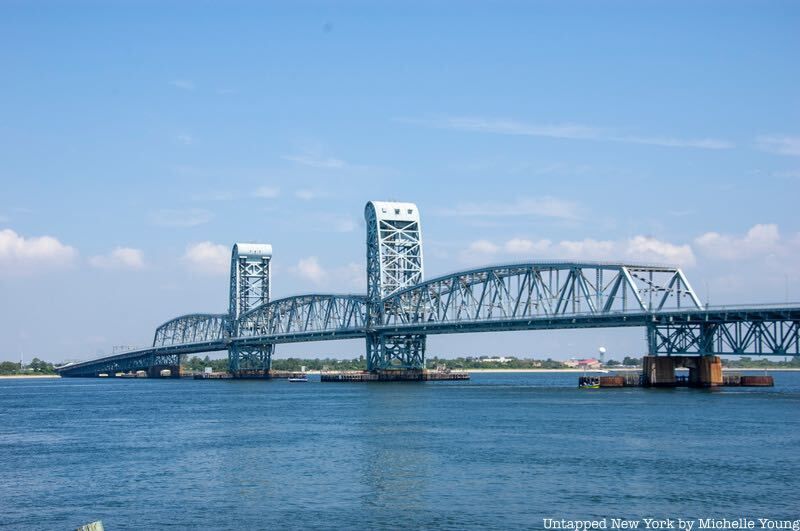
The Marine Parkway-Gil Hodges Memorial Bridge connects New York to the Rockaway Peninsula, providing a reprieve from city life and a taste of a more laid-back, beach lifestyle. The bridge, which opened in 1937, spans over the Jamaica Bay estuary from Brooklyn’s Floyd Bennett Field to Jacob Riis Park in the southwest portion of the Rockaway Peninsula. This functional, yet aesthetic bridge has surprising connections to falcons, baseball, poetry, and an aviation tragedy. Here are our top 10 Secrets of the Marine Parkway-Gil Hodges Memorial Bridge.

This June, Tillie, a Peregrine falcon chick, hatched on one of the bridge’s towers in a nesting box monitored by scientists from New York City Department of Environmental Protection. Peregrine falcons, the fastest animals in the world, are listed as endangered birds by the New York State Department of Environmental Conservation. From the 1950s to the 1970s, Peregrine falcons populations plummeted due to poisoning caused by DDT, an insecticide used in agriculture.
Tillie’s safe hatching was possible thanks to the involvement of MTA Bridges and Tunnels in the state nesting program, which provides nesting boxes to all MTA bridges in an effort to support endangered falcons. The boxes atop bridges provide not only an enviable view of the New York City skyline for the birds but make prey, like pigeons, more accessible. Tillie was banded on June 15, 2022 to help scientists identify the bird throughout its life.
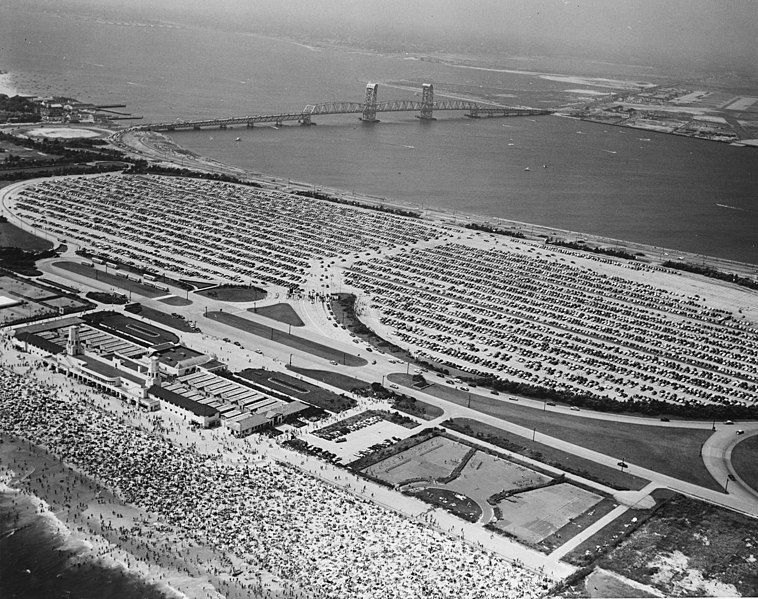
Robert Moses considered developing Jamaica Bay as a port in his plan for the Marine Parkway Bridge. This is reflected in the bridge’s dramatic vertical lift span that allows for the passage of marine vessels under the bridge. The bridge is raised approximately 100 times per year in a four-person operation that requires oncoming vehicular traffic to stop for twelve minutes.
The bridge can be raised to approximately 150 feet above the water to allow the passage of vessels. When it was built, it was the longest lift bridge in the world at 4,022 feet. Now, bridges, including the 4,396-foot Delair Bridge, have surpassed it as the longest lift bridge in the world. To this day, the Marine Parkway bridge is still the longest vertical lift bridge open to motor traffic in North America.
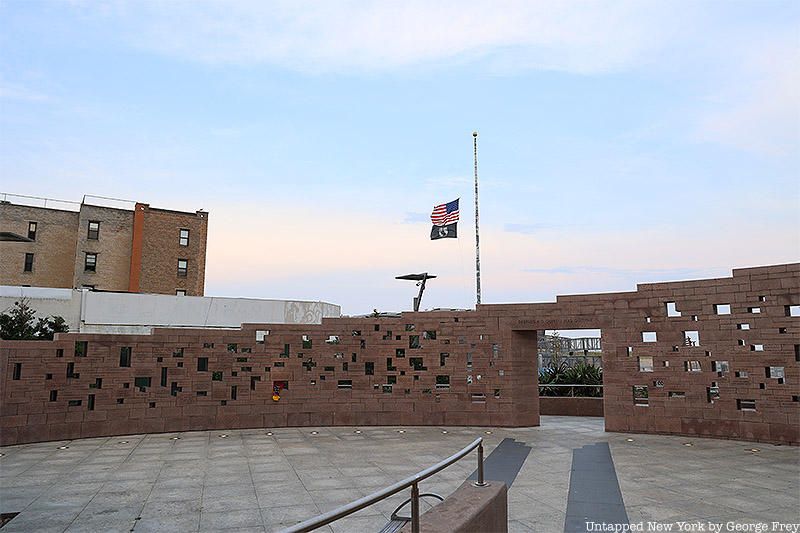
Just two months after September 11th, 2001, aviation terror struck New York City once more with the crash of American Airlines flight 587 in Belle Harbor, Queens The accident killed 265 people en route to Santo Domingo, Dominican Republic. Two tollbooth cameras on the northwest portion of the Marine Parkway-Gil Hodges Memorial Bridge captured the incident, showing a very blurry scene of a white streak behind the plane as it descended rapidly.
The video from the bridge captures what was the second deadliest crash in United States aviation history. The National Transportation Safety Board used the video in an investigation into what caused the plane to crash. The video is one of the only real-time videos available of the moments leading up to the tragedy. The findings of the NTSB investigation were that due to pilot error, the aircraft’s tail fin and engines became detached during the flight.
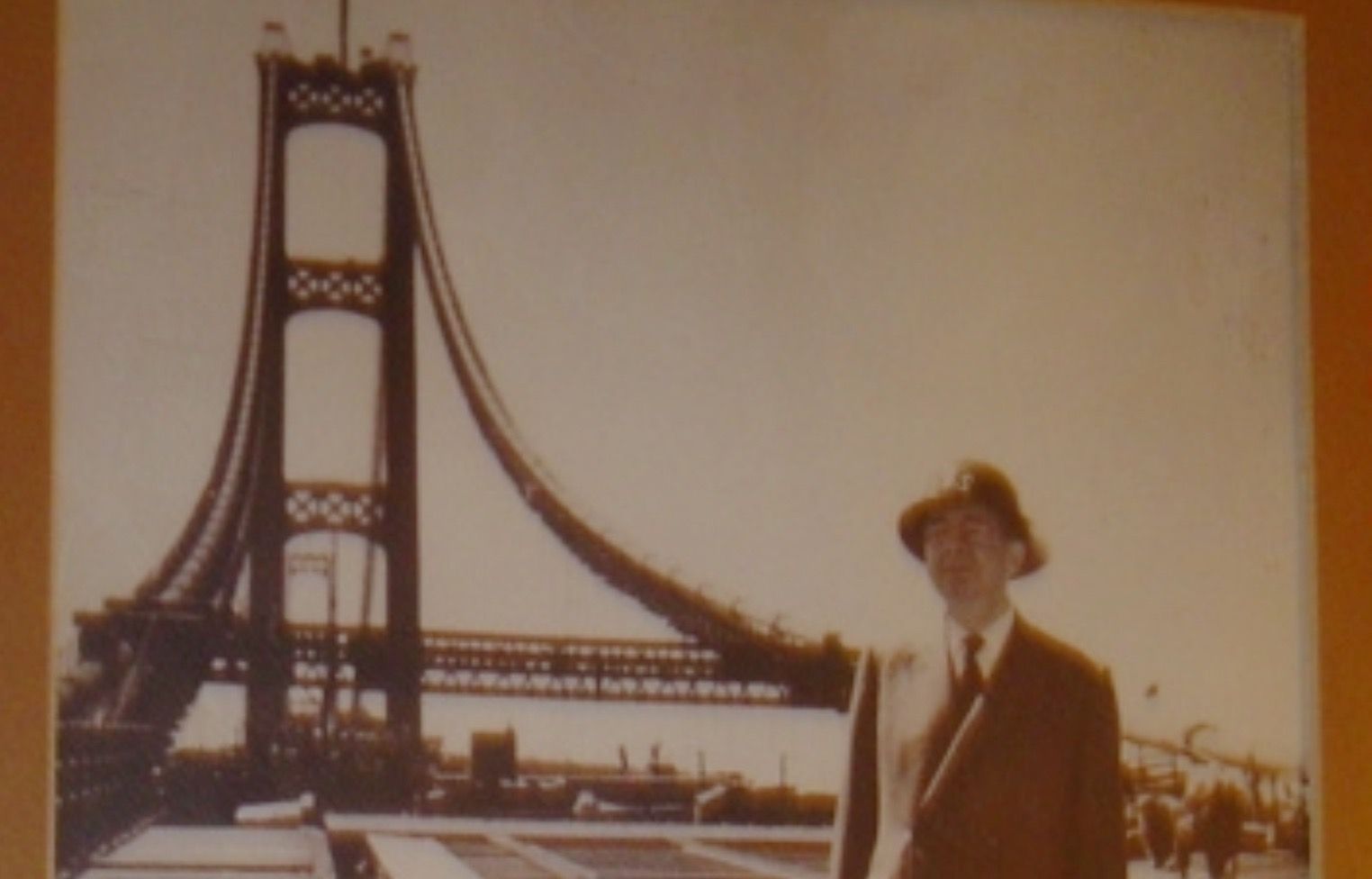
The bridge’s designer, David Barnard Steinman, was a civil engineer who designed over 400 bridges and a prolific poet. Not surprisingly, Steinman wrote several poems about bridges. Perhaps his most notable line is “a bridge is a poem stretched across a river, a symphony of stone and steel.”
His poems describe the scenes and sounds of bridge construction and focus on bridges as metaphors for faith, hope, and courage. Steinman invokes God, the natural world, and the nature of humans in his poems. In the poem “Blueprint,” Steinman portrays a “clairvoyant” bridge-builder reflecting on the “magic” he has created.
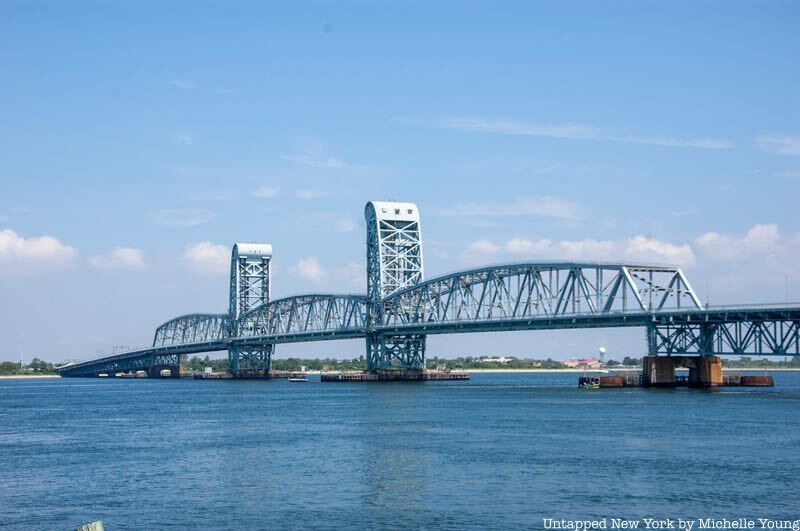
While a safety gate lowered in the late morning on April 10th, 1957, a moving bus crossing the bridge was caught under it. The incident injured four people. Two victims were taken to Rockaway Beach Hospital where they were treated and discharged. The other victims were treated on the bridge.
Since the accident, the Marine Parkway-Gil Hodges Memorial Bridge has only seen one more notable bridge failure. In 2014, the bridge became stuck in a lifted position. Unlike the initial incident, which closed the bridge for 20 minutes, this incident caused the bridge to close for several hours until the bridge could be lowered.
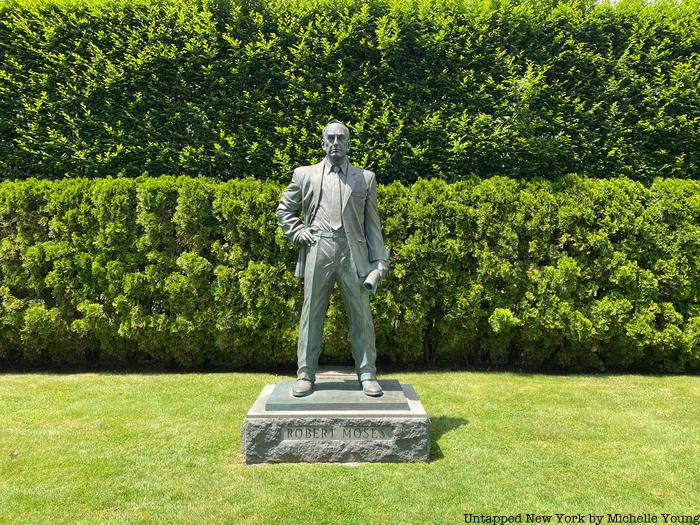
The construction of the Marine Parkway-Gil Hodges Memorial Bridge was overseen by the Marine Parkway Authority, which was composed of one man: Robert Moses. This New York City Parks Commissioner was a serial developer who was granted $10 million to build the Marine Parkway-Gil Hodges Memorial Bridge. He is responsible for developing the United Nations Headquarters, Riverside Park, and Lincoln Center, as well as several parks throughout New York City and Long Island.
Moses’ one-man transportation authority permitted him to issue bonds, acquire land through eminent domain, and collect tolls at the Marine Parkway bridge. His power during this period marked a peak in his reputation, which later came under immense scrutiny in 1974 when a revelation was published in Robert Caro’s book The Power Broker: Robert Moses and the Fall of New York. Caro interviewed a close associate of Moses, Sidney Shapiro, who claimed that Moses’ parkways and bridges were built low to keep buses away from his parks. Shapiro’s claim is still debated today.

In 1978, the Marine Parkway Bridge adopted a hyphenated name in honor of baseball legend Gil Hodges. The athlete started his baseball career as a Brooklyn Dodger on third base. During World War II, he was forced to put baseball aside and join the United States Navy in Japan. Hodges received the honorable bronze star, which is granted to those in the United States Armed Forces who achieve heroism or meritorious achievement in combat.
When Hodges came back from war, he returned to the Brooklyn Dodgers as the first baseman. Hodges moved to Los Angeles when the team switched cities in 1958. He played with the team until 1961. Later, he managed the New York Mets for three years. The renaming of the Marine Parkway bridge marked the first time a bridge was named after a major sports figure.
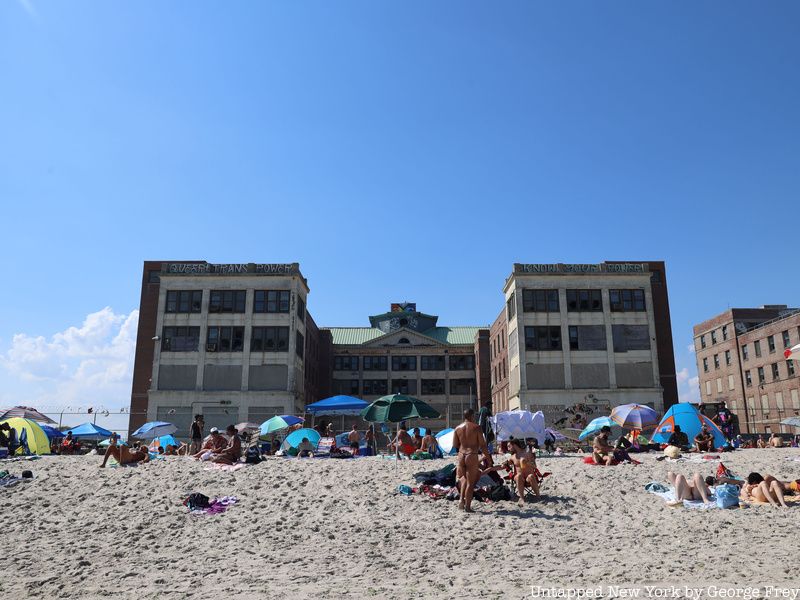
Danish photographer Jacob Riis captured the inhumane conditions of New York City’s tenements beginning in the 1880s. His book How the Other Half Lives revealed the dirty, cramped, and diseased reality of immigrants in the city. Riis was involved in the development of Jacob Riis Park, a popular summer beach destination, which was called Telawana Park before his death in 1914. The Marine Parkway Authority became involved with the park in 1934 as part of the grant that funded the Marine Parkway-Gil Hodges Memorial bridge.
Moses spent $1.7 million on park renovations, that mainly affected the landmark Art Deco bathhouse, a parking lot, a boardwalk, and other recreational facilities. Moses also built a new bath house designed by American architect Aymar Embury II. Now, the park is part of the Gateway National Recreation Area that is overseen by the National Park Service.
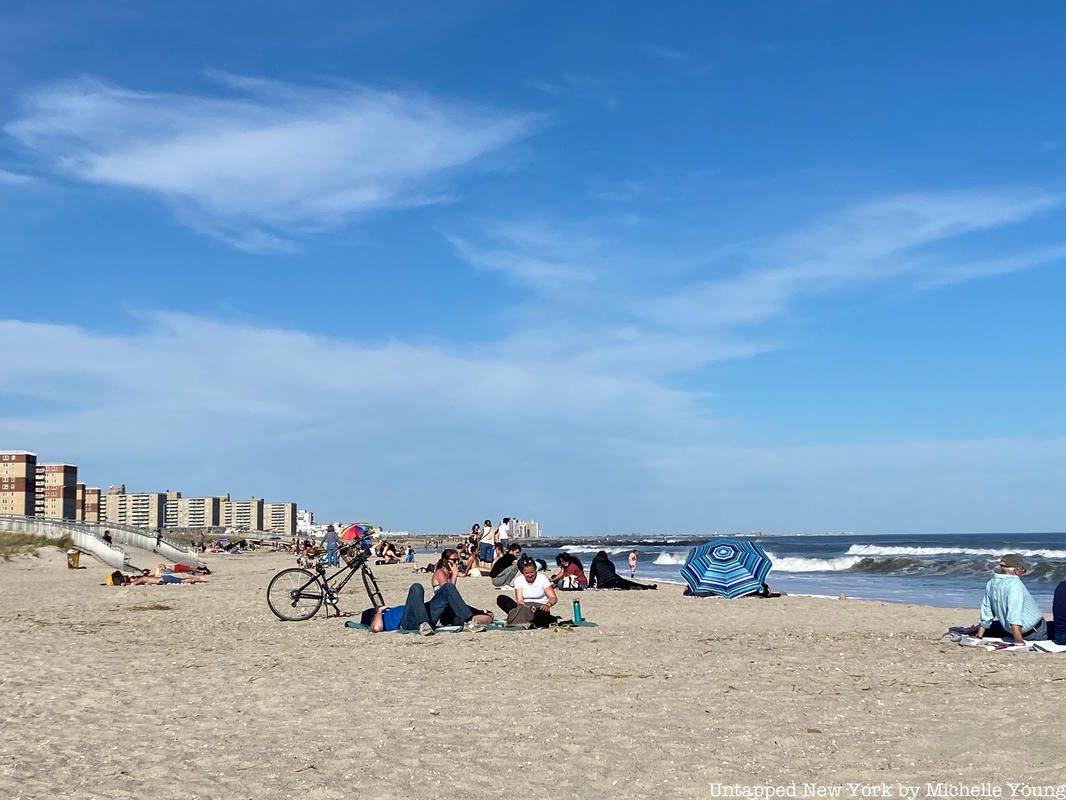
Before the opening of the bridge in 1937, the Rockaway peninsula was difficult to access by motor vehicle, requiring a tedious drive around Jamaica Bay. As an alternative to driving around Jamaica Bay, city beach-goers could take a ferry. With the opening of the bridge, New Yorkers could more easily catch a bus to the beach or take their own cars to Rockaway Peninsula. In 1938, nearly 1.9 million vehicles crossed the bridge. Today, the bridge sees increases in crossings of up to 50 percent during summer months, linking city-dwellers to refreshing Atlantic beaches.
Rockaway beach has been in the news lately, with local officials warning about the ongoing lifeguard shortage and the city’s decision not to staff a portion of Rockaway beach. Beachgoers are permitted on those sections of the beach for recreation but are not allowed to swim. Unfortunately, two teenagers drowned at Rockaway Beach on June 17, 2022. Mayor Eric Adams stated at a press conference that he is considering implementing less stringent lifeguard qualifications to address the shortage and prevent more drownings.
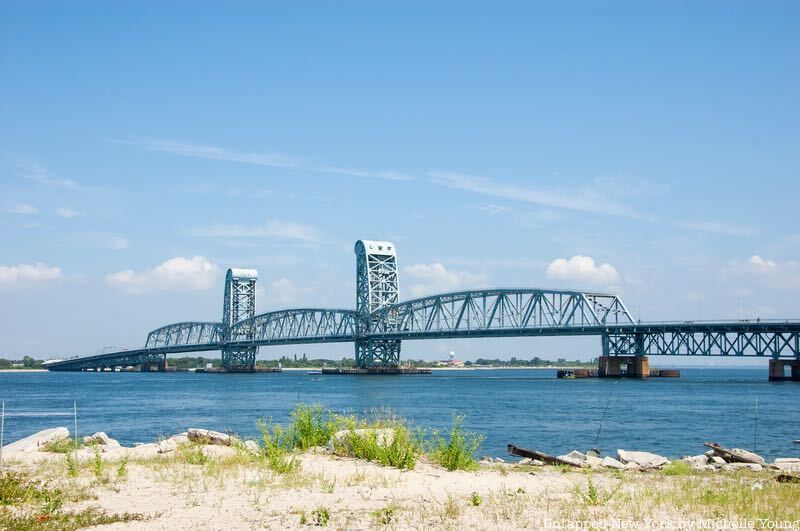
David Steinman did not neglect the aesthetic details of this incredibly functional bridge. Before the bridge opened in 1937, vertical lift bridges had the reputation of being eyesores, due to the need for towers to aid with bridge suspension. These types of bridges also often supported railroads, which resulted in functionally designed bridges rather than visually appealing ones.
The Marine Parkway Gil-Hodges has two towers, but they act as a thoughtful feature, Steinman curved the tips of the towers toward one another, creating a symmetrical spiral-like appearance that makes the towers appear to be an intentional design feature, not just a utility. The circular design of the tops of the towers is reminiscent of the wheels that lift the bridge, playing on both utility and aesthetics.
Next, check out The Top 10 Secrets of Hell Gate Bridge in NYC!
Subscribe to our newsletter